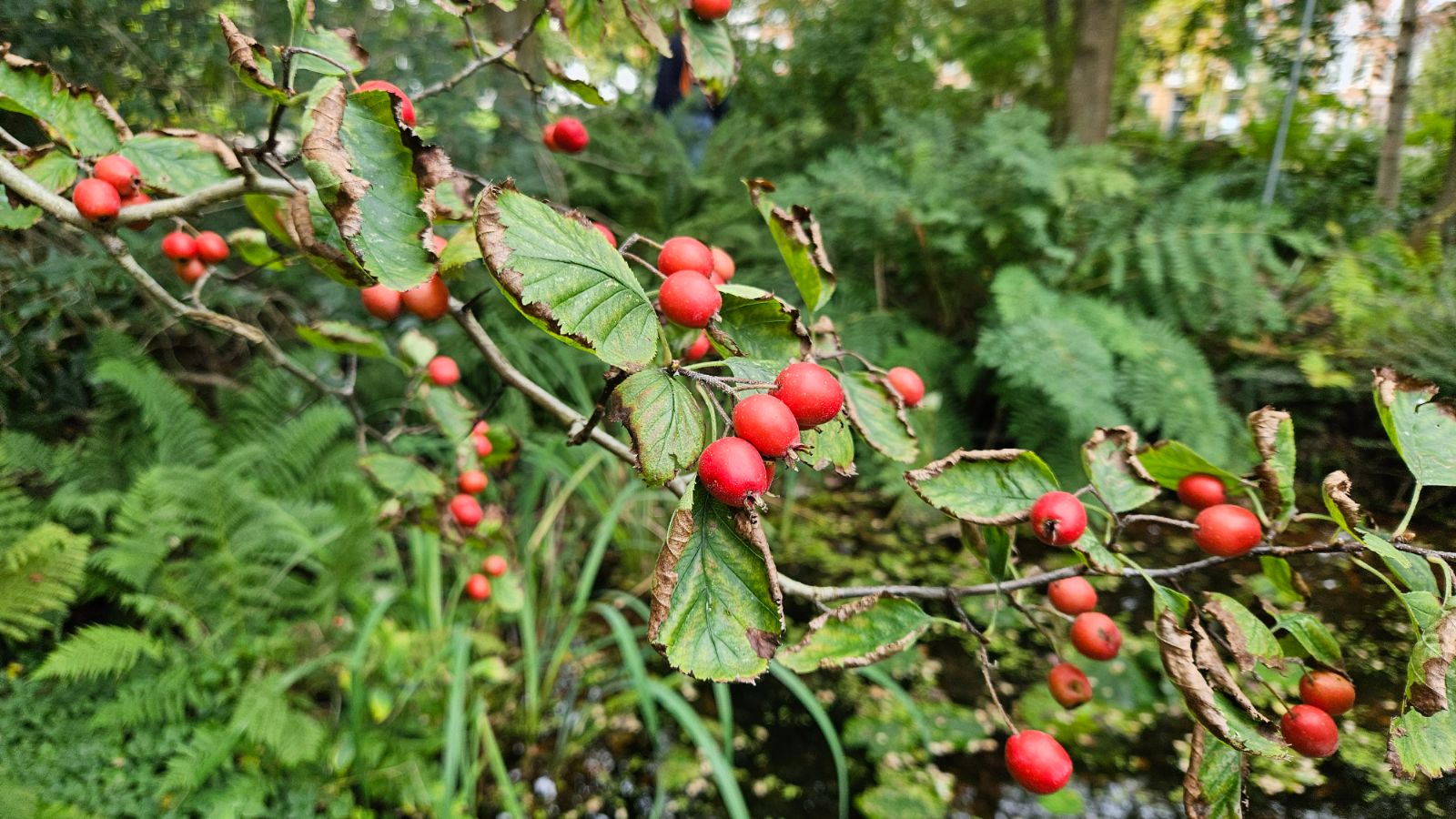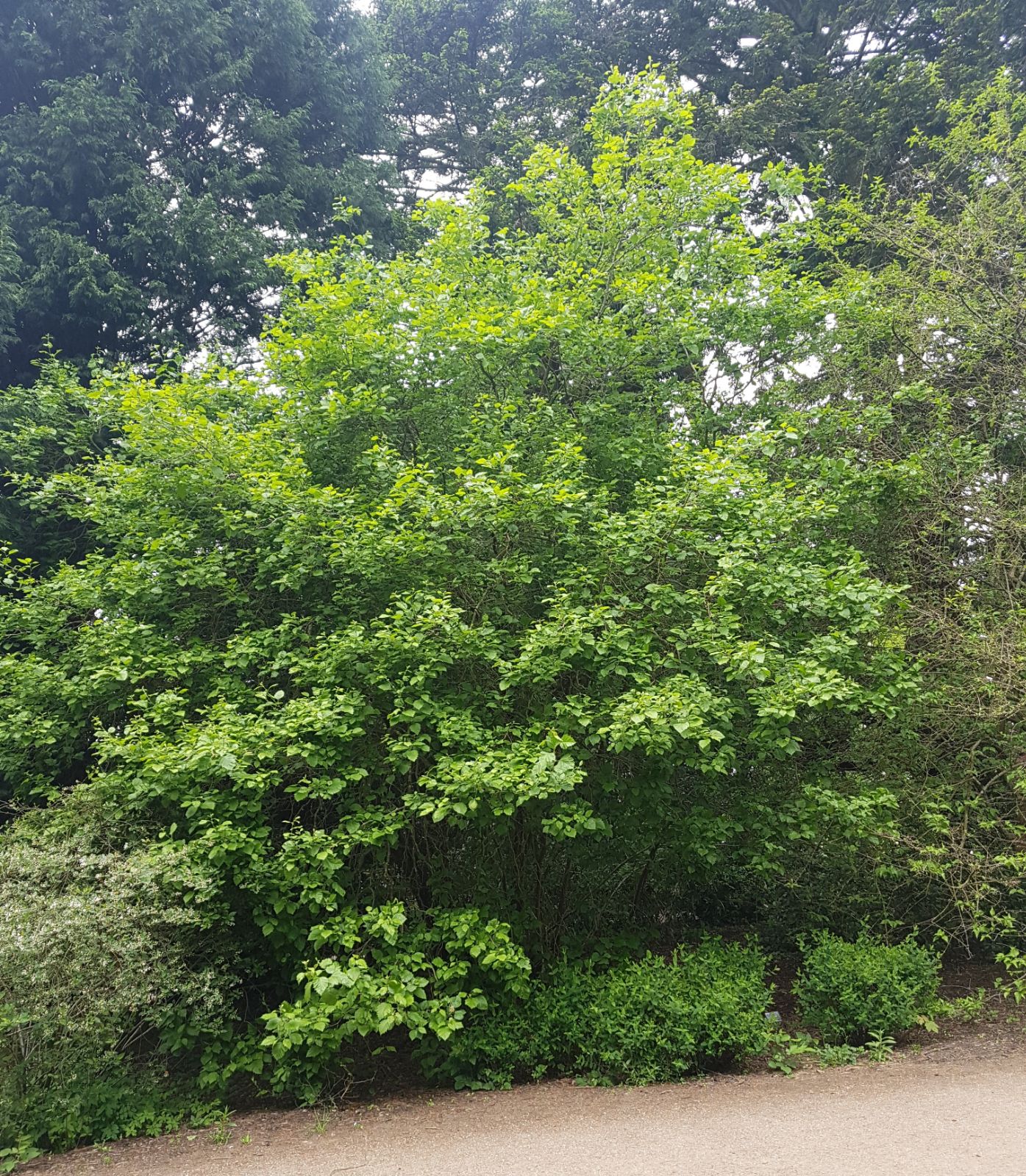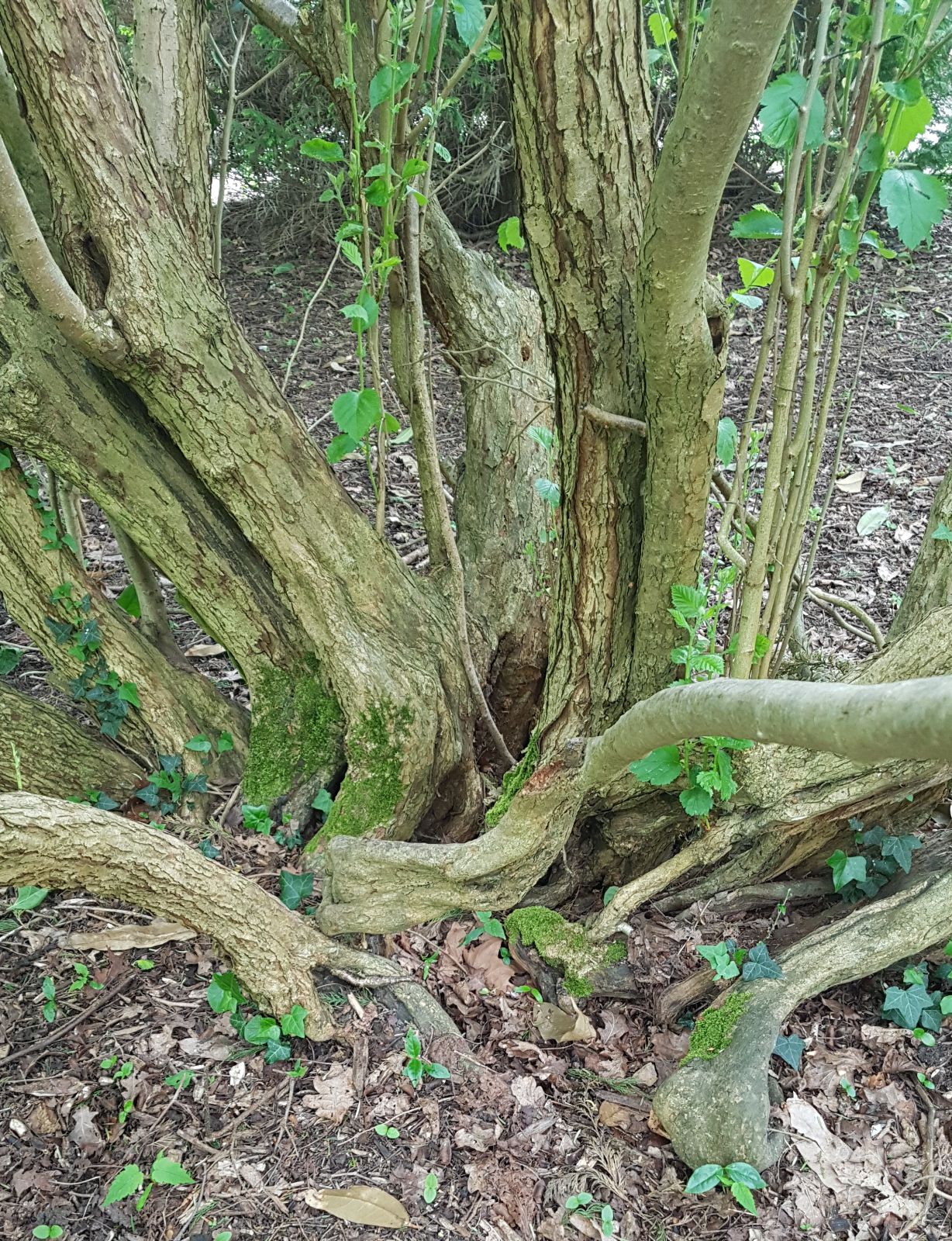Crataegus mollis
Sponsor
Kindly sponsored by
This genus has been sponsored and new text is being prepared.
Credits
Article from Bean's Trees and Shrubs Hardy in the British Isles
Recommended citation
'Crataegus mollis' from the website Trees and Shrubs Online (treesandshrubsonline.
Genus
Synonyms
- Crataegus coccinea var. mollis Torr. & Gr.
Infraspecifics
Other taxa in genus
- Crataegus ambigua
- Crataegus apiifolia
- Crataegus aprica
- Crataegus azarolus
- Crataegus baroussana
- Crataegus brachyacantha
- Crataegus chlorosarca
- Crataegus chrysocarpa
- Crataegus chungtienensis
- Crataegus coccinioides
- Crataegus crus-galli
- Crataegus cuneata
- Crataegus × dippeliana
- Crataegus douglasii
- Crataegus dsungarica
- Crataegus durobrivensis
- Crataegus flabellata
- Crataegus flava
- Crataegus henryi
- Crataegus heterophylla
- Crataegus intricata
- Crataegus jozana
- Crataegus laevigata
- Crataegus × lavallei
- Crataegus macracantha
- Crataegus marshallii
- Crataegus mexicana
- Crataegus meyeri
- Crataegus monogyna
- Crataegus nigra
- Crataegus oliveriana
- Crataegus orientalis
- Crataegus oxyacantha
- Crataegus pedicellata
- Crataegus pentagyna
- Crataegus phaenopyrum
- Crataegus pinnatifida
- Crataegus pruinosa
- Crataegus prunifolia
- Crataegus pseudoheterophylla
- Crataegus punctata
- Crataegus sanguinea
- Crataegus spathulata
- Crataegus stipulacea
- Crataegus succulenta
- Crataegus tanacetifolia
- Crataegus tomentosa
- Crataegus uniflora
- Crataegus viridis
- Crataegus wattiana
- Crataegus wilsonii
A tree up to 30 or 40 ft high, with a wide-spreading head of glabrous, grey branches; young branchlets covered with whitish hairs the first season; thorns 1 to 2 in. long. Leaves broadly ovate, rounded, truncate or heart-shaped at the base, pointed, with four to seven shallow lobes at each side, and very sharply glandular-toothed; 2 to 41⁄2 in. long, and nearly or quite as broad; both surfaces, but especially the lower one, downy, the upper becoming rather rough in the latter part of the season; stalk 1 to 2 in. long. Flowers white, 1 in. across; flower-stalks and calyx thickly coated with white hairs; calyx-lobes toothed and glandular, stamens about twenty; anthers pale yellow; styles four or five. Fruit subglobose, 3⁄4 to 1 in. diameter, red, downy.
Native of the Central United States; long introduced, but much confused with C. chrysocarpa, a thorn with shoots soon glabrous, leaves more or less tapered at the base, flowers with only ten stamens, and fruit only 1⁄2 in. across. C. mollis is also well distinguished by its larger leaves being always downy (very much so when young). As a flowering tree it is one of the most beautiful of thorns, and as a fruit-bearer is also handsome, but its fruits drop early (in September), a month or six weeks in front of those of C. chrysocarpa.
C. mollis is made the type of a group of American thorns by Sargent, which contains a number of very fine species, amongst which the following may be mentioned:
C. arkansana Sarg. A tree 20 ft high, native of Arkansas; differing from C. mollis in the fruits being of longer, more oblong shape, and ripening in October; the leaves also are generally more tapered at the base. I saw a fine specimen in the Arnold Arboretum, and was struck by its great elegance of habit. Introduced in 1902. It is now considered to be part of the normal variation of C. mollis.
C arnoldiana Sarg
A tree 15 to 20 ft high, native of Massachusetts and Connecticut, with apparently a very local distribution. This species has only ten stamens to each flower. Introduced in 1901. It is a sturdy tree with a dense head of very thorny zigzag branches; thorns up to 3 in. long. It is thriving vigorously in this country. The fruit ripens in August.C. submollis Sarg
This differs from C. mollis in the flowers having only ten stamens. A tree 20 to 30 ft high, with broadly ovate, lobed and toothed leaves about 3 in. long, softly downy beneath. Flowers white, 1 in. wide, borne on very downy stalks; anthers pale yellow. Fruit broadly pear-shaped, {3/4} in. long, bright orange-red, falling early. Native of the eastern United States; long in cultivation but confused with C. mollis. It was given an Award of Merit in 1953 when shown by Messrs Hilling of Chobham.






